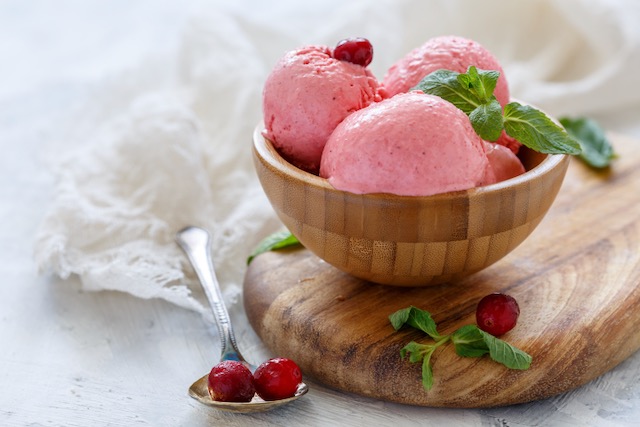Dill Seaweed Salad Dressing
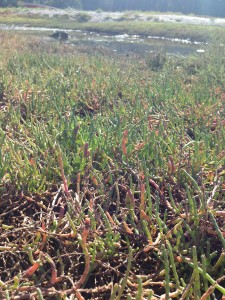 This weeks’ recipe was designed to be rich in lemon and dill to balance out the flavours of some of the saltier sea vegetables. If you are not using sea vegetables in your salad you may wish to add a pinch more salt. I have worked to balance the omega 3 and 6 fatty acids in this dressing as well as adding some ingredients specifically for the trace minerals. You can use this as a dip if you don’t have any plates or cutlery or, if like me, you just don’t want to do dishes. The omega three oils actually encourage a good balance of bacteria in our large intestines, that colony that produce the short chain fatty acids themselves. Where proteins and saturated fats discourage these bacteria the omega 3 oils have been shown to increase them. The phytonutrients from the sea vegetables go a long way to feeding these bacteria too if you can get your hands on them!
This weeks’ recipe was designed to be rich in lemon and dill to balance out the flavours of some of the saltier sea vegetables. If you are not using sea vegetables in your salad you may wish to add a pinch more salt. I have worked to balance the omega 3 and 6 fatty acids in this dressing as well as adding some ingredients specifically for the trace minerals. You can use this as a dip if you don’t have any plates or cutlery or, if like me, you just don’t want to do dishes. The omega three oils actually encourage a good balance of bacteria in our large intestines, that colony that produce the short chain fatty acids themselves. Where proteins and saturated fats discourage these bacteria the omega 3 oils have been shown to increase them. The phytonutrients from the sea vegetables go a long way to feeding these bacteria too if you can get your hands on them!
(more…)
Read more

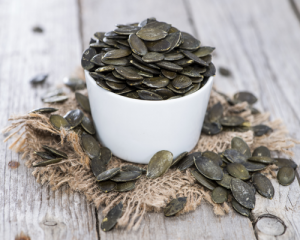
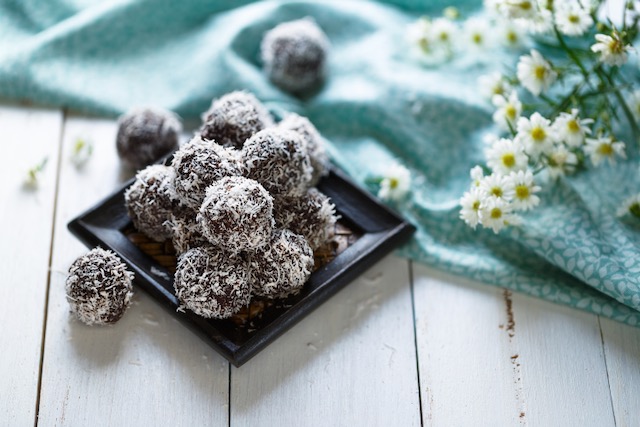
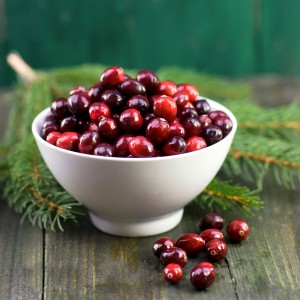 Cranberries!
Cranberries!